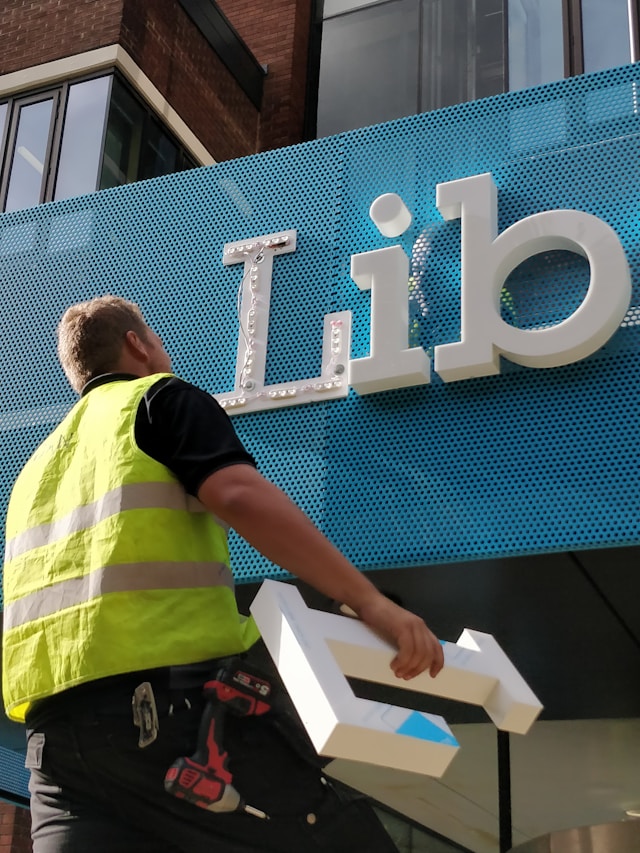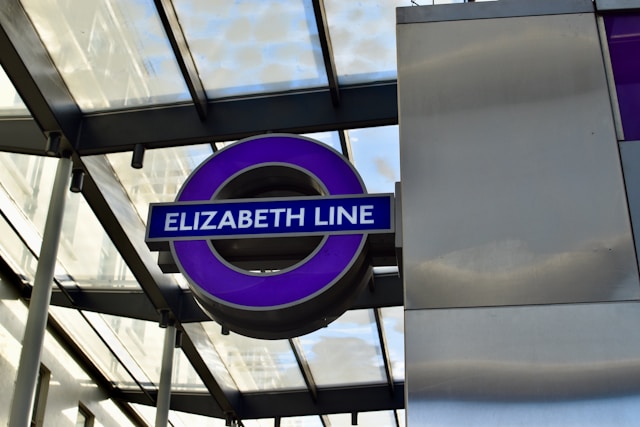When it comes to signage, first impressions are everything. Whether you’re guiding customers through a retail space or reinforcing brand identity at your headquarters, typography plays a critical role in how your message is seen—and remembered. The right font not only ensures your signage is legible but also enhances the overall style and professionalism of your brand. If you’re investing in corporate signage in Sydney, nailing the typography is a must.
Here are some expert tips to help you choose fonts that are both readable and visually appealing.
Prioritise Readability Over Style
While it’s tempting to choose an ornate or trendy typeface, readability should always come first. Think about how your signage will be viewed—often from a distance, at a glance, or in motion. Sans-serif fonts like Helvetica, Arial, and Futura tend to offer better clarity, especially for outdoor signs or directional wayfinding. For more decorative elements, feel free to incorporate stylish fonts, but ensure they’re used sparingly.
Choose the Right Font Size
Your signage needs to be legible from the intended viewing distance – as a rule of thumb, aim for 2.5cm of letter height for every 3 metres of viewing distance. For example, if your sign is meant to be read from 15 metres away, your letters should be at least 12.5cm tall. Larger font sizes also help account for lighting conditions and visual impairments.

Stick to Two Fonts Maximum
Overloading your signage with too many fonts creates visual chaos and weakens your message. A good practice is to choose one font for headings and another complementary font for supporting text. Pair a bold sans-serif for headlines with a clean serif for body copy to strike a balance between style and readability.
Mind the Kerning and Spacing
Kerning (the space between letters) and line spacing (leading) might seem like small details, but they have a big impact on how your sign is perceived. Crowded letters are difficult to read, while too much space can disconnect words and disrupt the flow. Aim for balanced spacing that allows each word to be easily read at a glance.
Use Contrast to Your Advantage
Typography doesn’t exist in a vacuum—contrast between your text and background is essential. Light text on a dark background (or vice versa) enhances legibility, especially in outdoor conditions or low lighting. Make sure the colours you choose align with your brand while maintaining strong visibility.
Avoid All Caps (Unless It’s a Headline)
While all caps can make a bold statement, they also reduce reading speed and can come off as aggressive. Reserve uppercase text for short headlines or key messages, and stick to sentence or title case for anything longer. This simple adjustment makes your sign more approachable and user-friendly.

Align Typography with Your Brand Identity
Your font choices should reflect the personality of your business. A law firm might opt for a classic serif font to convey trust and tradition, while a creative agency may lean towards a more contemporary sans-serif for a modern vibe. Whatever you choose, make sure your typography aligns with the overall tone and voice of your brand.
Well-designed typography is more than just good-looking letters—it’s a vital communication tool
From directional signage to reception backdrops, every sign should work hard to represent your brand clearly and professionally. If you’re updating or expanding your corporate signage, working with experienced signage professionals will ensure your typography choices are both stylish and effective.Invest in type that speaks volumes—clearly, confidently, and in style.





